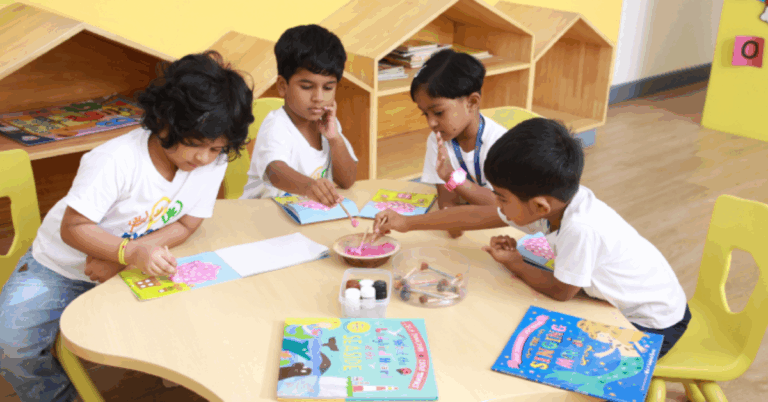Promoting Intergenerational Learning in Educational Settings
Traditional educational settings often face the challenge of meeting the diverse needs of students with varying learning styles and abilities. In a one-size-fits-all approach, it can be difficult for educators to provide personalized support to each student, leading to disparities in academic performance and engagement levels.
Another common issue in traditional educational settings is the limited opportunity for students to apply their learning in real-world contexts. The focus on rote memorization and standardized testing can hinder the development of critical thinking skills and creativity, which are essential for success in the ever-evolving global landscape.
Benefits of Intergenerational Learning
Intergenerational learning offers a holistic approach to education that promotes mutual understanding and respect between different age groups. By bringing together individuals from various generations, this form of learning enhances social cohesion and fosters a sense of community within educational settings. Students benefit from the diverse perspectives and life experiences shared by older adults, leading to a richer and more comprehensive learning environment.
Furthermore, intergenerational learning can help bridge the generation gap and combat ageism by challenging stereotypes and promoting intergenerational relationships based on empathy and collaboration. This inclusive approach not only enhances academic outcomes but also contributes to the development of essential life skills such as communication, teamwork, and empathy. Overall, the benefits of intergenerational learning extend beyond the classroom, creating a more cohesive and inclusive society.
Ways to Incorporate Intergenerational Learning in Schools
One effective way to incorporate intergenerational learning in schools is through mentorship programs. Pairing older adults with students can create a valuable exchange of knowledge and experiences. Students can benefit from the wisdom and guidance of older mentors, while the mentors themselves can feel a sense of purpose and fulfillment by sharing their expertise with the younger generation.
Another method to incorporate intergenerational learning is by organizing joint activities that promote collaboration and interaction between different age groups. This can include group projects, field trips, or community service initiatives that require teamwork and communication. By working together towards a common goal, students and older adults can learn from each other’s unique perspectives and develop a greater appreciation for diversity and inclusivity in the learning environment.
What are some challenges in traditional educational settings when it comes to intergenerational learning?
Some challenges in traditional educational settings include limited opportunities for interaction between different age groups, a focus on age-specific curriculum, and a lack of resources for incorporating intergenerational activities.
What are the benefits of intergenerational learning?
Intergenerational learning can lead to greater social connectedness, increased empathy and understanding between generations, improved academic performance, and a sense of community and belonging for students.
How can schools incorporate intergenerational learning?
Schools can incorporate intergenerational learning by partnering with senior centers or retirement communities, incorporating older adults as mentors or volunteers, organizing intergenerational activities and events, and integrating intergenerational themes into the curriculum.







